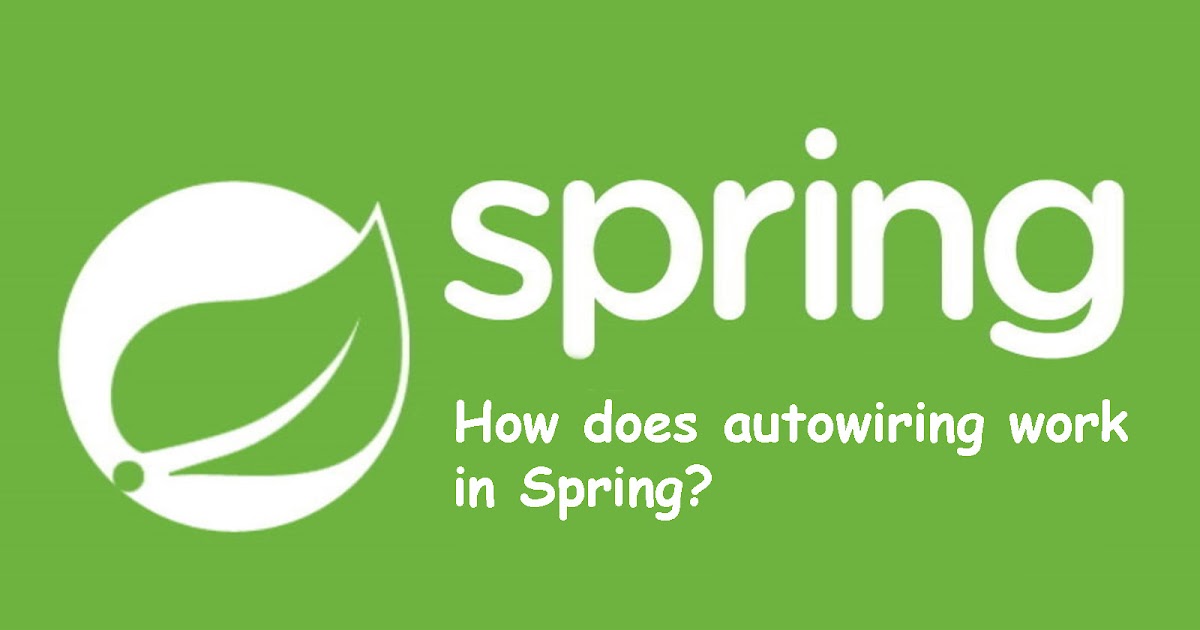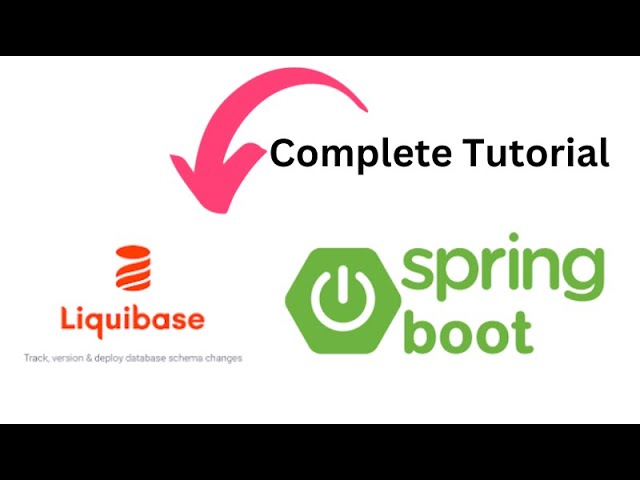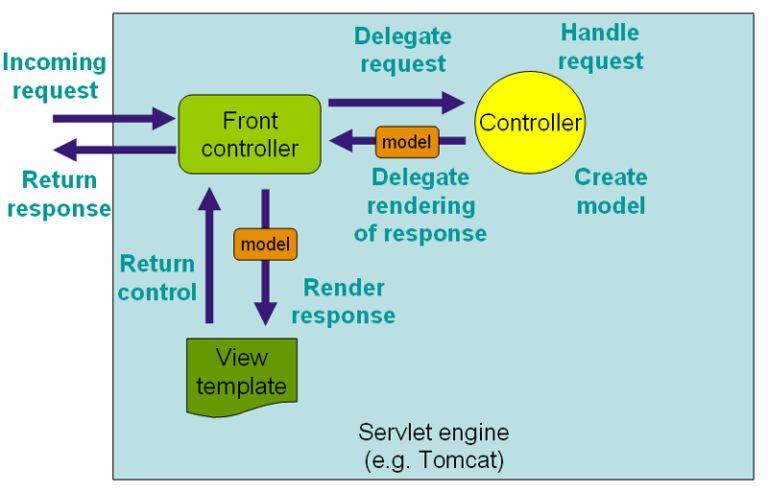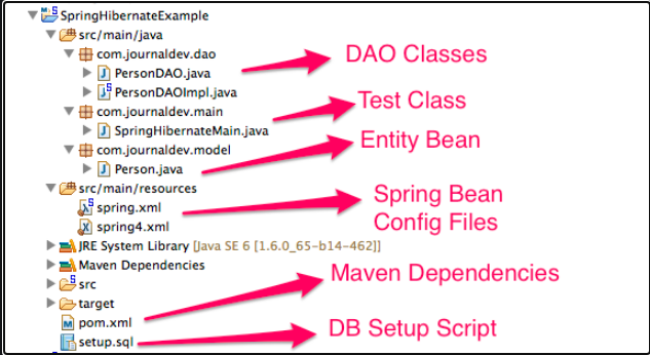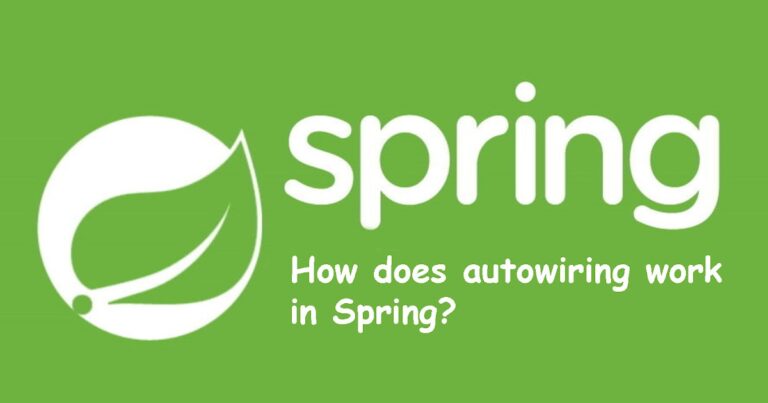Autowiring Conflicts in Spring Core with XML Configuration
Introduction:
In Spring Framework, autowiring is a powerful feature that allows dependencies to be automatically injected into Spring-managed beans.
However, when using XML configuration for dependency injection, it’s essential to understand how autowiring conflicts can arise and how to resolve them effectively.
What is Autowiring?
Autowiring is a technique in Spring that automatically wires the dependencies of a bean at runtime, eliminating the need for explicit configuration.
It greatly simplifies the configuration process and reduces boilerplate code.
Types of Autowiring in Spring:
Spring supports several autowiring modes:
- No Autowiring (
no): This is the default mode where dependencies are not automatically injected. - By Type (
byType): Spring looks for a bean of the same type as the property and injects it. - By Name (
byName): Spring matches the property name with the bean name in the container and injects it. - Constructor (
constructor): Spring uses the constructor arguments to wire beans.
Autowiring Conflict Scenarios:
- Multiple Beans of the Same Type: If there are multiple beans of the same type in the container, Spring may not know which one to inject.
- Ambiguous Dependency Resolution: When there are multiple beans with the same name as the property, Spring may struggle to resolve the correct dependency.
Resolving Autowiring Conflicts:
- Qualifiers: Use the
@Qualifierannotation or the<qualifier>element in XML configuration to specify the bean to be injected. - Primary Beans: Mark one of the beans as primary using the
@Primaryannotation or theprimary="true"attribute in XML to indicate the default bean to be injected. - Explicit Wiring: Disable autowiring and explicitly wire dependencies using
<property>or<constructor-arg>elements in XML configuration.
Example:
Consider a scenario where we have two DataSource beans, and we want to inject one of them into a Service bean.
<bean id="dataSource1" class="com.example.DataSource" />
<bean id="dataSource2" class="com.example.DataSource" />
<bean id="service" class="com.example.Service" autowire="byType" />
To resolve the conflict, we can use qualifiers:
<bean id="dataSource1" class="com.example.DataSource" />
<bean id="dataSource2" class="com.example.DataSource" />
<bean id="service" class="com.example.Service" autowire="byType">
<qualifier value="dataSource1" />
</bean>
Conclusion:
Understanding autowiring conflicts in Spring Core with XML configuration is crucial for building robust and maintainable applications.
By employing appropriate resolution strategies like qualifiers, primary beans, or explicit wiring, developers can effectively manage autowiring conflicts and ensure smooth dependency injection.
Join Our Community:
Stay updated with the latest Java developments and connect with fellow developers by joining our vibrant community of learners and enthusiasts at elgarnaoui.com.
Share your insights, ask questions, and collaborate on exciting Java projects.
Sign up today and be part of our vibrant Java community!
Share This Post:
Enjoyed reading about resolving autowiring conflicts in Spring Core?
Share this helpful guide with your fellow developers and spread the knowledge! 🚀 #SpringFramework #DevelopmentTips

